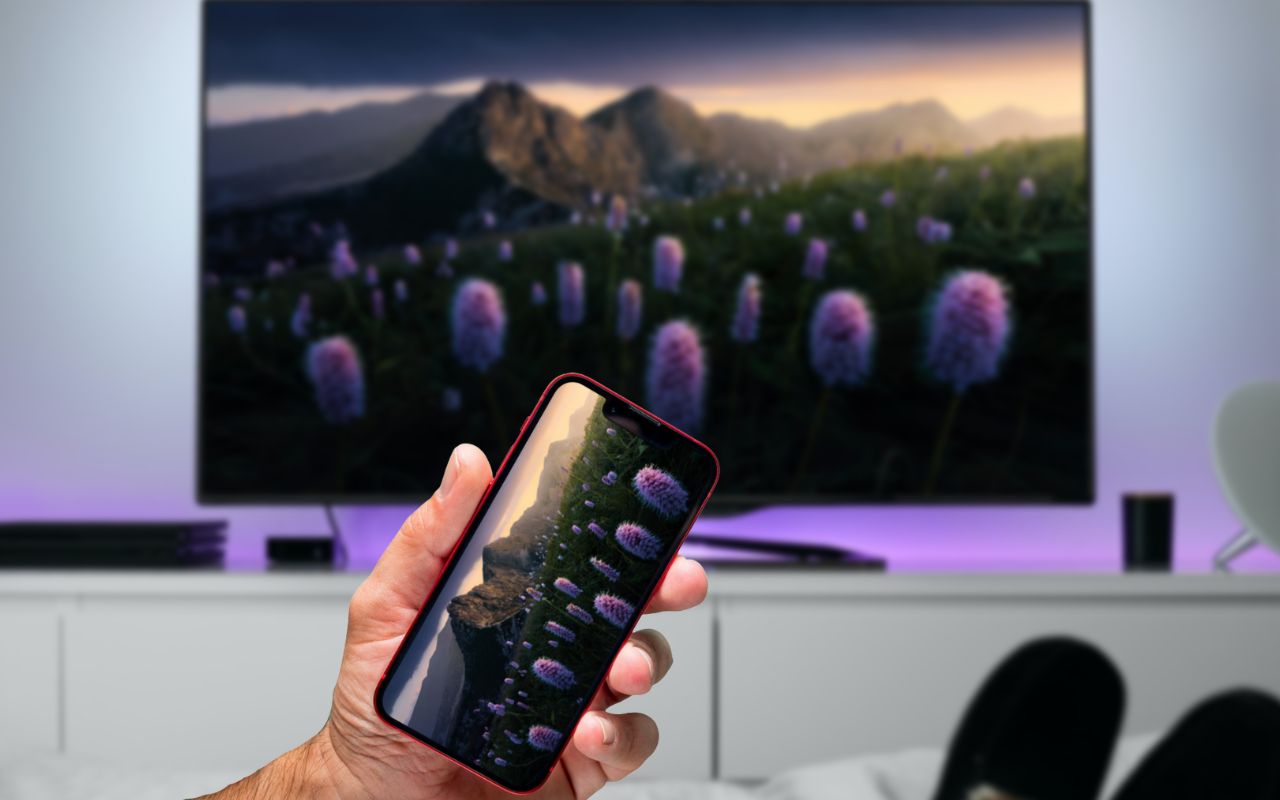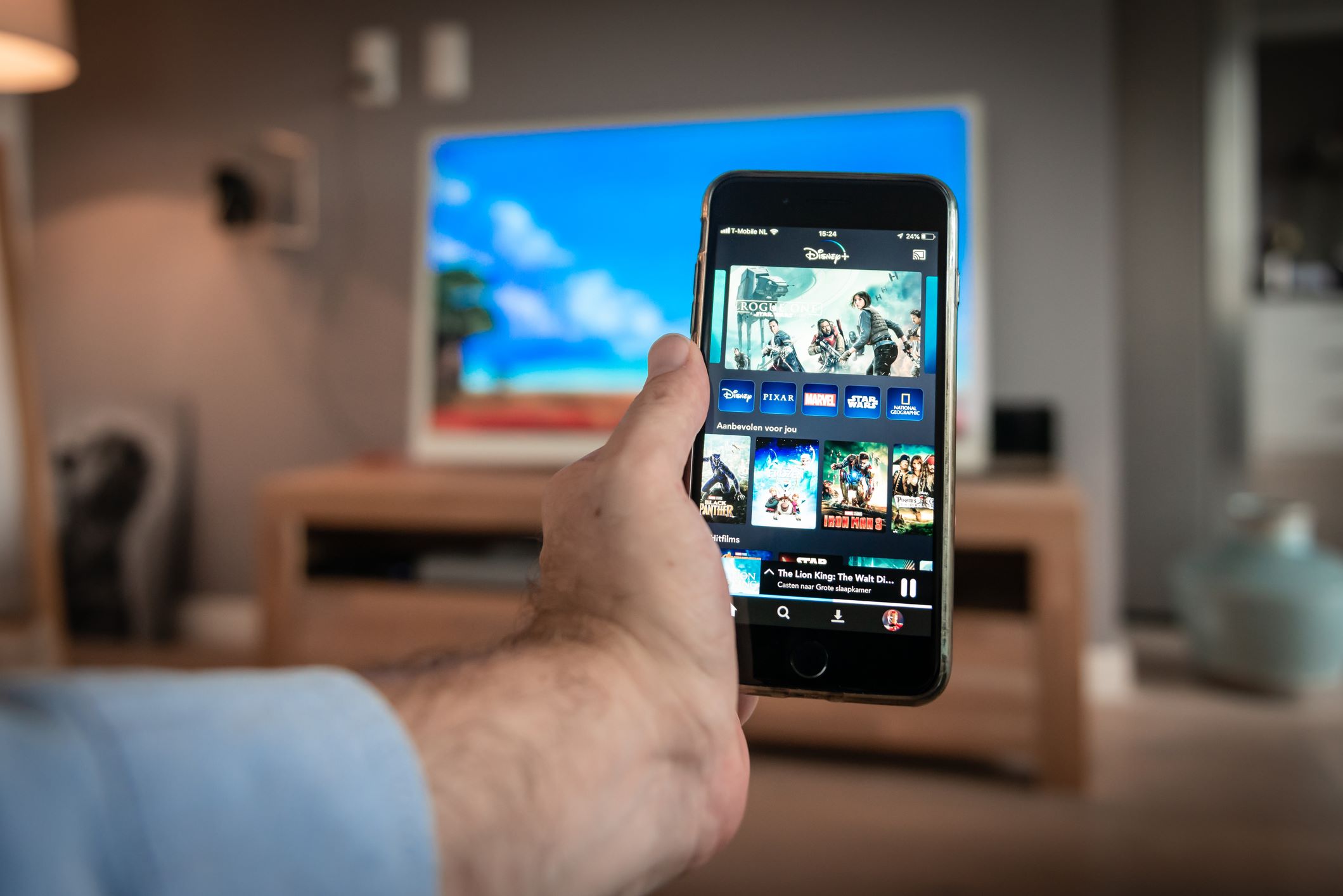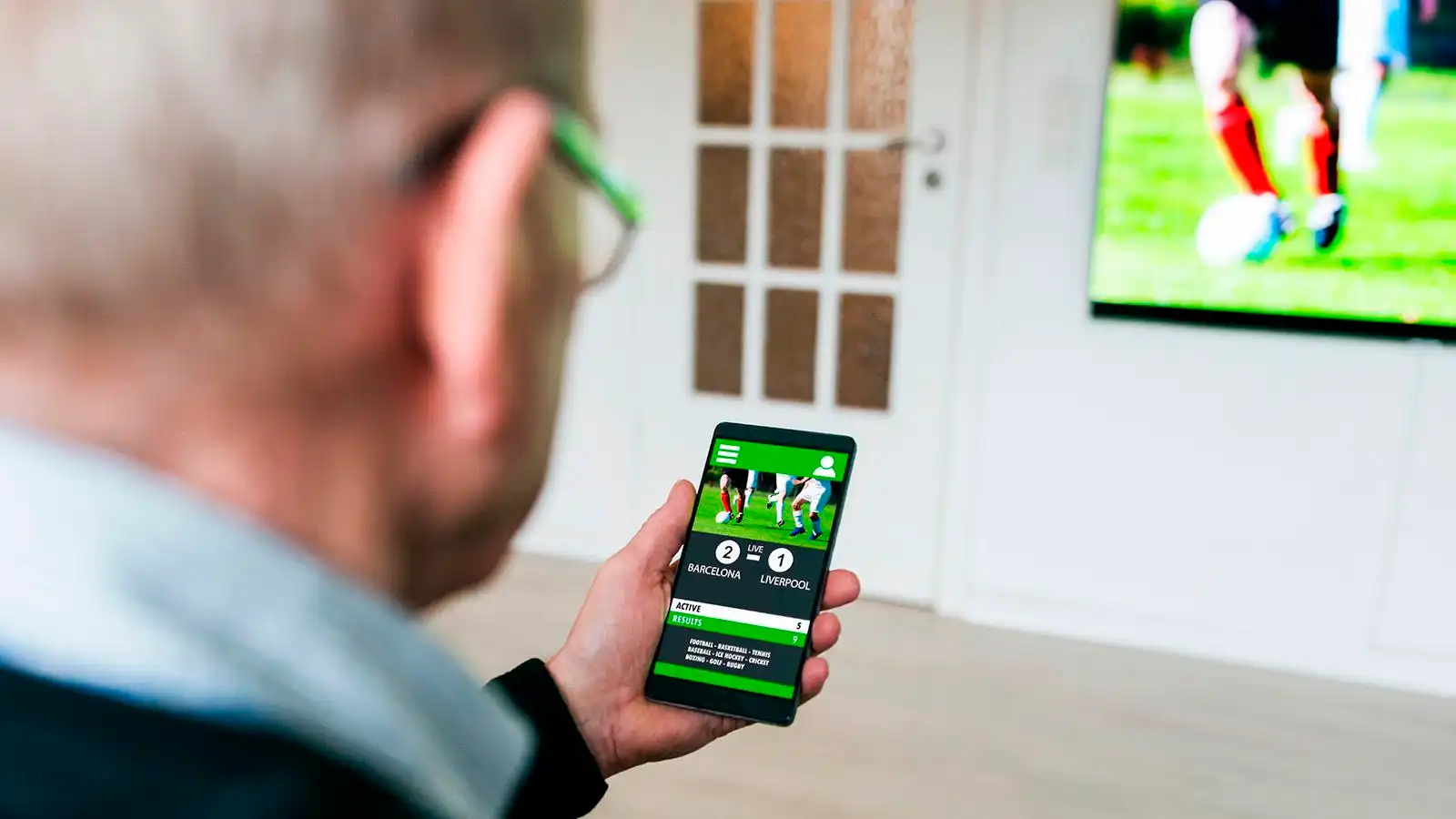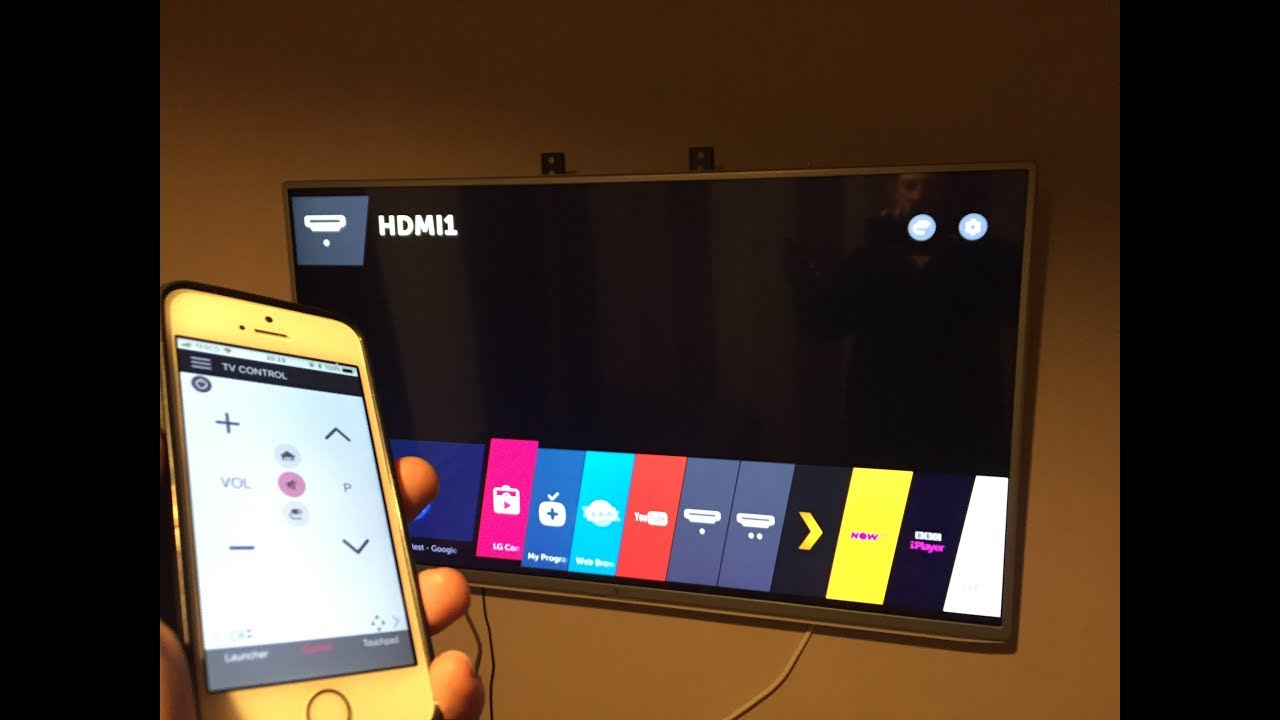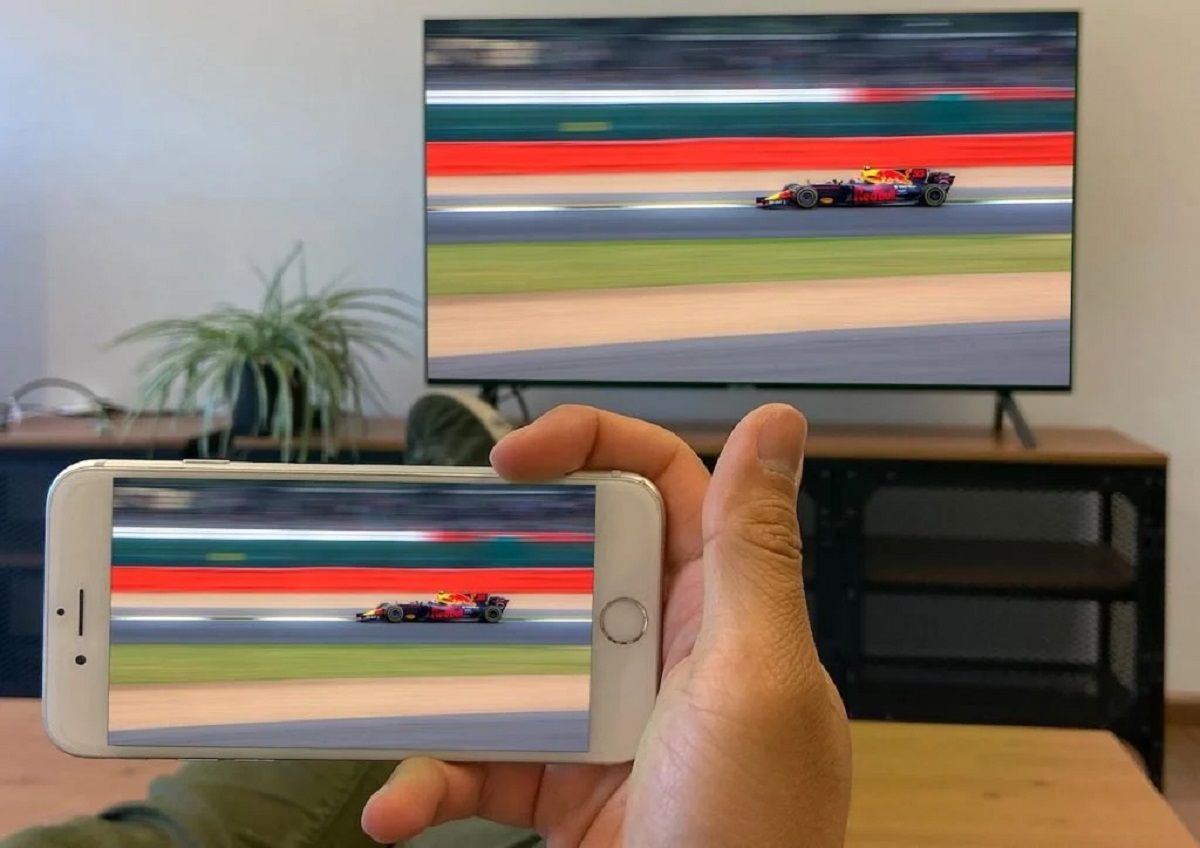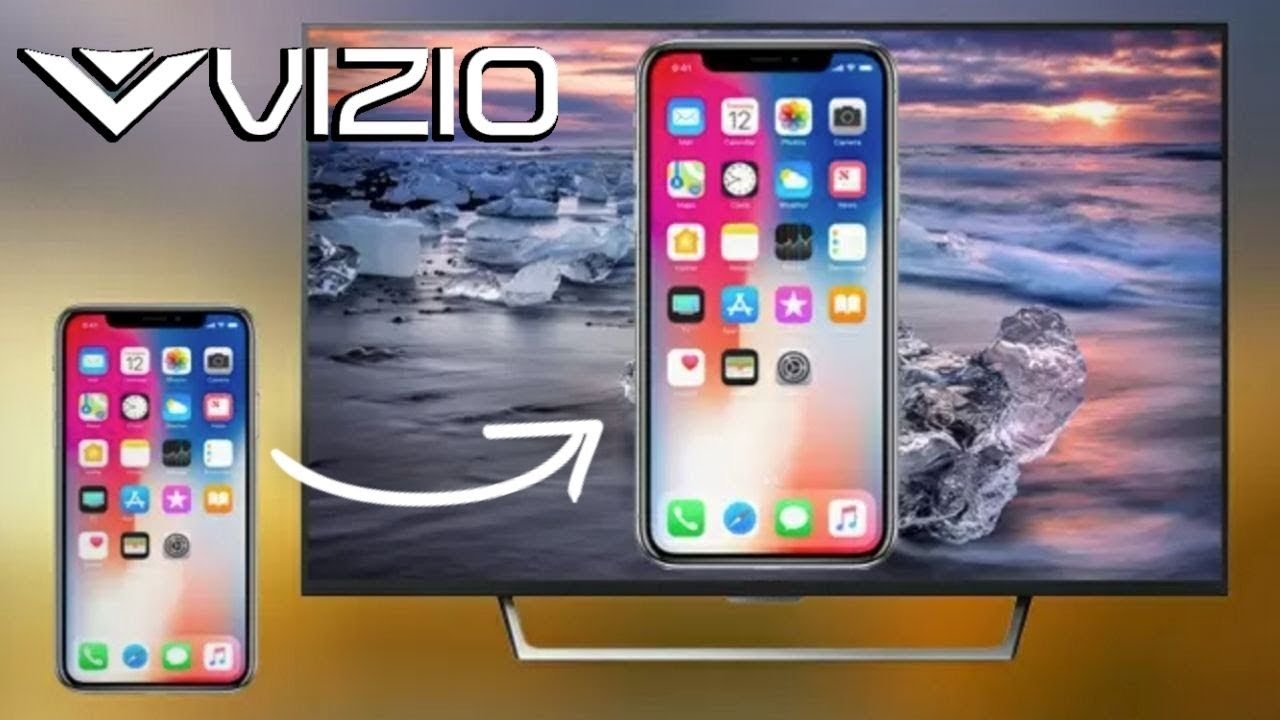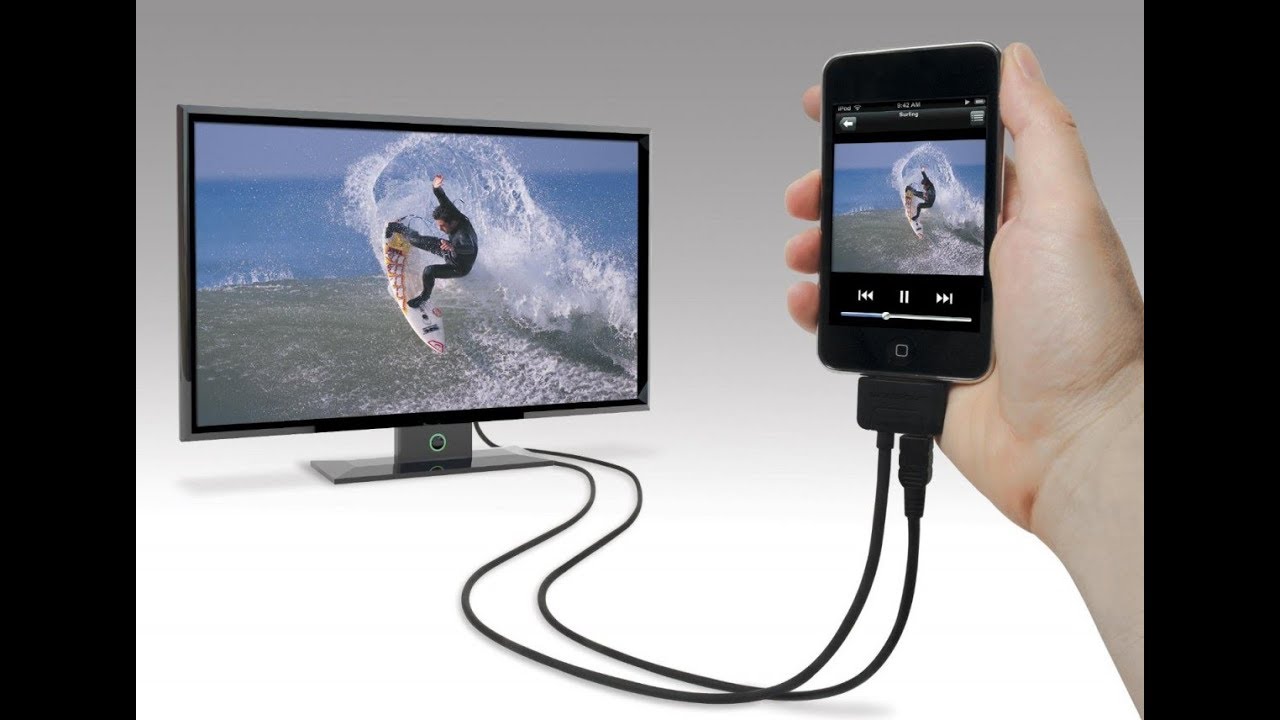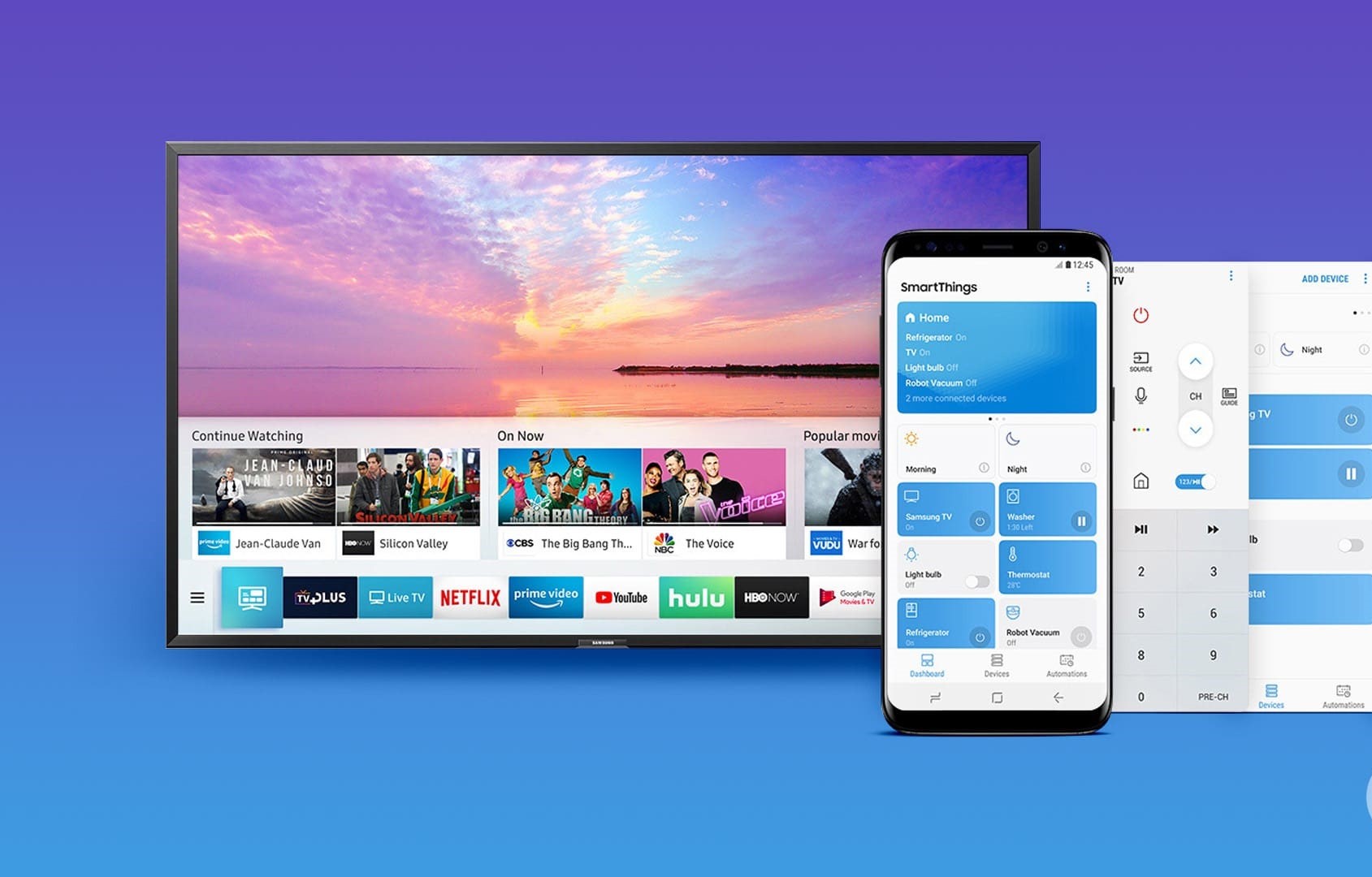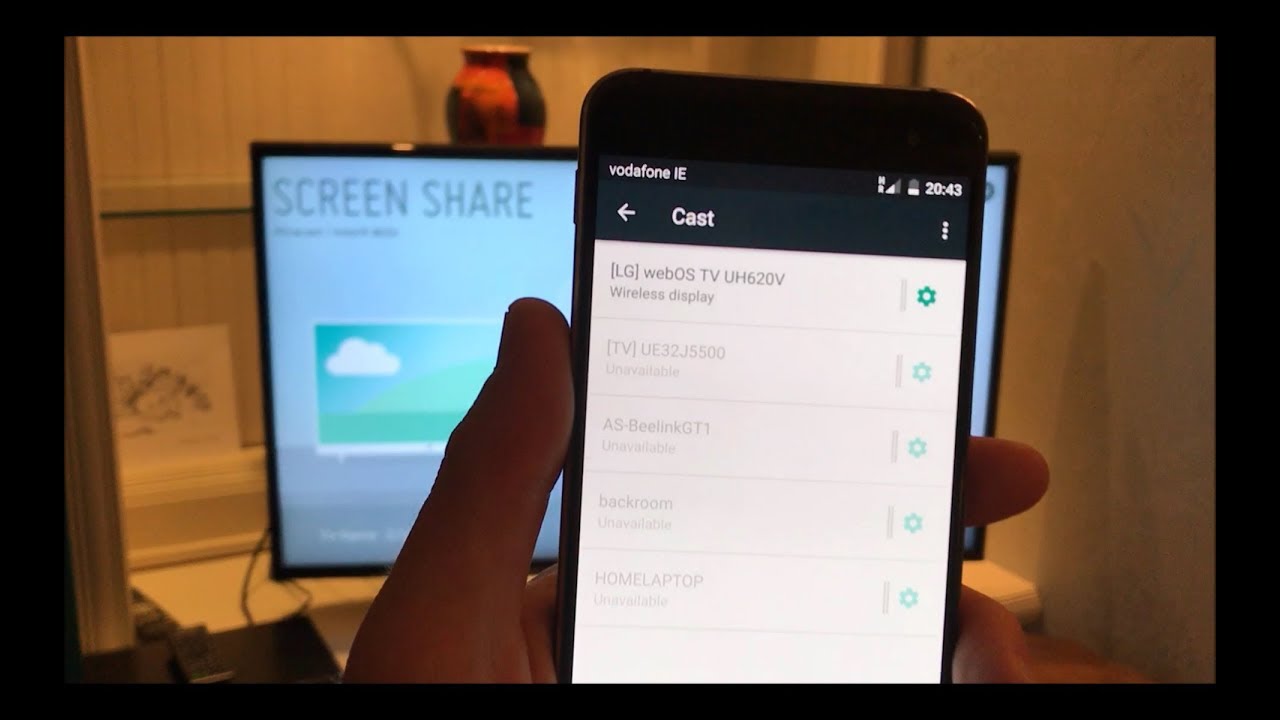Introduction
Connecting your Android phone to your smart TV can provide a whole new level of entertainment and convenience. Whether you want to stream videos, browse the internet, or play mobile games on a bigger screen, there are several methods you can use to establish this connection without relying on Wi-Fi. This article will guide you through five different options to connect your Android phone to a smart TV.
These methods are ideal for situations where you don’t have access to Wi-Fi or want a more direct and stable connection. Whether your TV supports HDMI, USB, Chromecast, Miracast, or MHL, there is a solution that can work for you. Let’s explore each method in detail and see how you can unlock the full potential of your Android phone with your smart TV.
Note: Before you proceed with any of these methods, it is important to check if your smart TV and Android phone are compatible and support the required technology. Consult the user manuals or contact the manufacturers for more information. Also, ensure that both your phone and TV are turned on and working properly.
Option 1: Using an HDMI Cable
If your smart TV has an HDMI port, using an HDMI cable is one of the simplest and most reliable methods to connect your Android phone. HDMI stands for High-Definition Multimedia Interface. It allows the transmission of high-quality audio and video signals from one device to another. Here’s how you can do it:
- Start by checking the HDMI port on your smart TV and the HDMI output port on your Android phone. Most modern Android phones have a USB Type-C port, so you might need an HDMI adapter or cable with a USB Type-C connector.
- Connect one end of the HDMI cable to the HDMI output port on your Android phone or the adapter.
- Connect the other end of the HDMI cable to an available HDMI input port on your smart TV.
- On your TV remote, switch the input source to the HDMI channel where your phone is connected. This can typically be done by pressing the “Input” or “Source” button.
- Once the connection is established, you should see your phone’s screen mirrored on the TV. You can now navigate through your phone’s apps, play videos, or use any other features on the big screen.
- If the screen doesn’t automatically mirror, go to your phone’s settings and look for the display or HDMI options. There, you can enable screen mirroring or adjust the display settings to output to the TV.
Using an HDMI cable offers a seamless high-definition streaming experience, making it ideal for watching movies, playing games, or even giving presentations. It provides a reliable connection with minimal lag and ensures that you enjoy your Android phone’s content on a larger display.
Note: Some Android devices might require additional settings adjustments to mirror the screen, especially if you encounter compatibility issues. Consult your phone’s user manual or the manufacturer’s website for specific instructions on enabling HDMI output.
Option 2: Using a USB Cable
If your smart TV doesn’t have an HDMI port or if you prefer a wired connection, using a USB cable is another convenient option to connect your Android phone. This method allows you to transfer data, mirror your phone’s screen, or play media directly from your device to the TV. Here’s how you can do it:
- Check if your smart TV has a USB port and ensure that it supports USB connections for multimedia playback.
- Plug one end of the USB cable into your Android phone’s charging port.
- Connect the other end of the USB cable to the USB port on your smart TV.
- On your TV remote, select the USB input source or navigate to the media player app.
- Access the content you want to play on your Android phone, and it should be mirrored or playable on your smart TV.
The USB cable method is not only straightforward but also allows for high-quality audio and video playback. It eliminates the need for additional adapters or wireless connectivity, providing a stable and reliable connection between your phone and TV. You can stream videos, view photos, play music, or even use your TV as a second display for your Android phone.
Note: Depending on the TV model and Android device, you might need to enable USB file transfer or enable USB debugging in the developer options on your phone. These settings can usually be found in the phone’s settings menu. Consult your Android device’s user manual or the manufacturer’s website for specific instructions.
Option 3: Using Chromecast
Chromecast is a popular streaming device that allows you to wirelessly connect your Android phone to your smart TV. It enables you to cast or mirror your phone’s screen onto the TV and enjoy a wide range of apps and content. To use Chromecast, follow these steps:
- Plug the Chromecast device into an available HDMI port on your smart TV.
- Connect the Chromecast device to a power source using the provided USB cable and power adapter.
- Make sure your Android phone and Chromecast device are connected to the same Wi-Fi network.
- Download and install the Google Home app from the Google Play Store on your Android phone.
- Open the Google Home app and follow the prompts to set up your Chromecast device. This includes connecting it to your Wi-Fi network and giving it a name.
- Once set up, open an app on your Android phone that supports Chromecast, such as YouTube, Netflix, or Spotify.
- Look for the cast icon within the app, usually located in the top right corner or in the media playback controls.
- Tap the cast icon and select your Chromecast device from the list of available devices.
- Your Android phone’s screen or media content should now be mirrored on your smart TV.
Chromecast offers a convenient and wireless way to stream content from your Android phone to your smart TV. With a wide range of supported apps and services, you can easily access and enjoy your favorite movies, shows, music, and more on the big screen. Additionally, Chromecast allows you to multitask on your phone while the content continues to play on the TV, giving you more flexibility and convenience.
Note: Make sure your Chromecast device and Android phone are both updated to the latest software versions to ensure compatibility and smooth operation. If you encounter any issues during setup or casting, refer to the Chromecast support website or contact their customer support for assistance.
Option 4: Using Miracast
Miracast is a wireless display technology that allows you to mirror your Android phone’s screen onto your smart TV without the need for additional hardware. It works by establishing a direct connection between your phone and the TV, enabling a seamless streaming experience. Follow these steps to use Miracast:
- Ensure that your smart TV supports Miracast functionality. Some newer TVs have Miracast built-in, while others may require an external Miracast adapter.
- Swipe down from the top of your Android phone’s screen to access the notification shade.
- Tap the “Cast” icon or look for “Screen Mirroring” or “Wireless Display” options.
- Select your smart TV from the list of available devices.
- Your Android phone’s screen should now be mirrored on your smart TV, allowing you to navigate your phone’s apps and content on the larger display.
Miracast offers a simple and straightforward solution for connecting your Android phone to your smart TV without relying on cables or additional devices. It provides a wireless streaming experience with minimal lag and high-quality audio and video playback. With Miracast, you can easily enjoy your favorite movies, videos, photos, and games on the big screen, enhancing your entertainment experience.
Note: The availability and functionality of Miracast may vary depending on the make and model of your Android phone. Some devices may have the option labeled as “Screen Mirroring” or “Wireless Display” instead of Miracast. If your smart TV doesn’t support Miracast, you can consider using a Miracast adapter or explore other connectivity options.
Option 5: Using an MHL Cable
If your Android phone and smart TV support Mobile High-Definition Link (MHL) technology, you can use an MHL cable to connect the two devices. MHL allows for the transmission of high-definition audio and video signals through a single cable, providing a seamless and reliable connection. Here’s how you can use an MHL cable:
- Ensure that your Android phone supports MHL technology. Some older Android devices have a dedicated MHL port, while newer ones may require an MHL adapter or USB Type-C to HDMI converter.
- Connect one end of the MHL cable to your Android phone’s MHL port or the MHL adapter.
- Connect the other end of the MHL cable to an available HDMI input port on your smart TV.
- Switch the input source on your TV to the HDMI channel where your phone is connected.
- Your Android phone’s screen should now be mirrored on your smart TV, allowing you to enjoy your phone’s apps, videos, games, and more on a larger display.
MHL cables provide a simple and convenient way to connect your Android phone to your smart TV, allowing for high-quality audio and video playback. One notable advantage of using an MHL cable is that it can simultaneously charge your phone while mirroring the screen, ensuring that you have a continuous and uninterrupted streaming experience.
Note: Not all Android devices support MHL, so make sure to check your phone’s specifications and user manual to verify compatibility. Additionally, if your phone doesn’t have an MHL port, you may need to purchase an MHL adapter or USB Type-C to HDMI converter that is compatible with your specific device.
Conclusion
Connecting your Android phone to a smart TV without Wi-Fi opens up a world of possibilities for streaming, gaming, and enjoying your favorite content on a larger screen. In this article, we explored five different options for establishing this connection: using an HDMI cable, a USB cable, Chromecast, Miracast, and an MHL cable.
Each method offers its own advantages and considerations. HDMI cables provide a reliable and high-definition streaming experience, while USB cables offer a convenient wired connection. Chromecast allows for wireless screen mirroring and access to a wide range of supported apps, and Miracast provides a direct wireless connection between your phone and TV. Lastly, MHL cables offer a simple solution for devices that support MHL technology, allowing for both charging and screen mirroring.
When choosing the right method for connecting your Android phone to a smart TV, consider the availability of ports on your TV and the compatibility of your phone with the chosen method. It’s also important to ensure that both devices are turned on and functioning properly.
Overall, regardless of which method you choose, connecting your Android phone to a smart TV enhances your entertainment experience, allowing you to enjoy your favorite movies, videos, games, and more on a larger and more immersive display.
Now that you’re equipped with the knowledge of these different options, you can confidently connect your Android phone to your smart TV and maximize your viewing pleasure without relying on Wi-Fi. So grab your cables, adapters, or casting devices, and start enjoying your Android phone’s content on the big screen!







